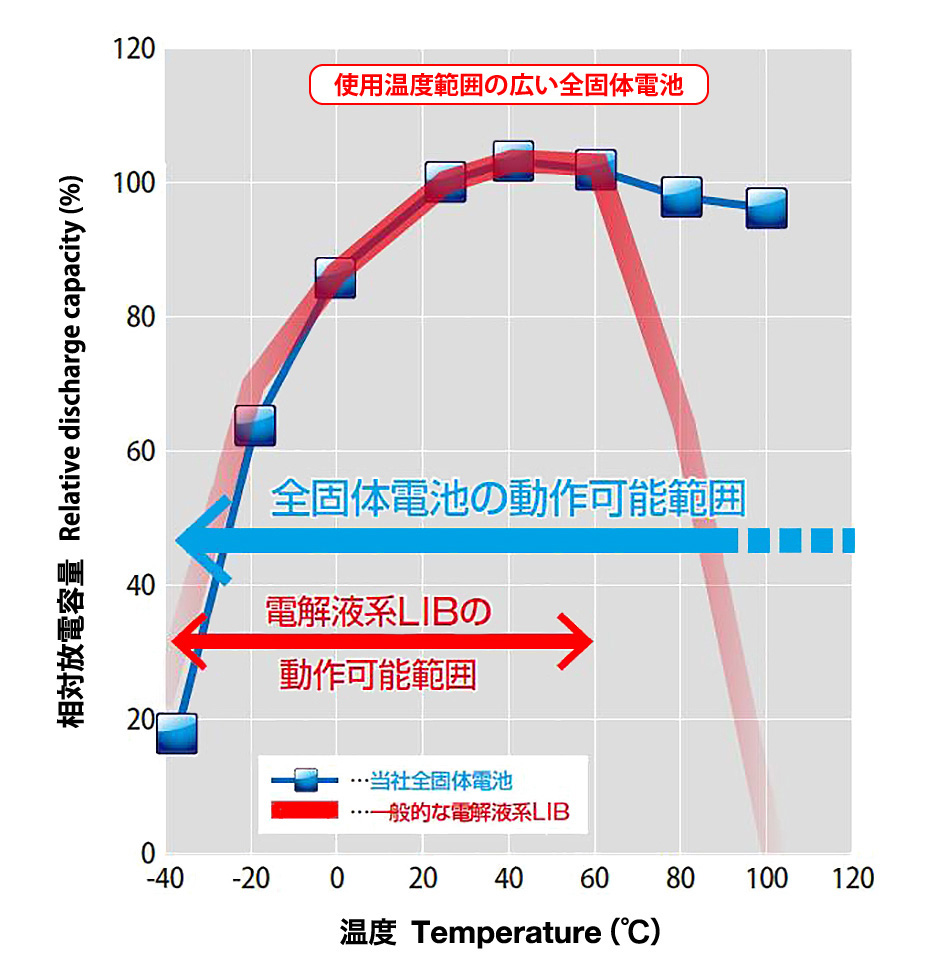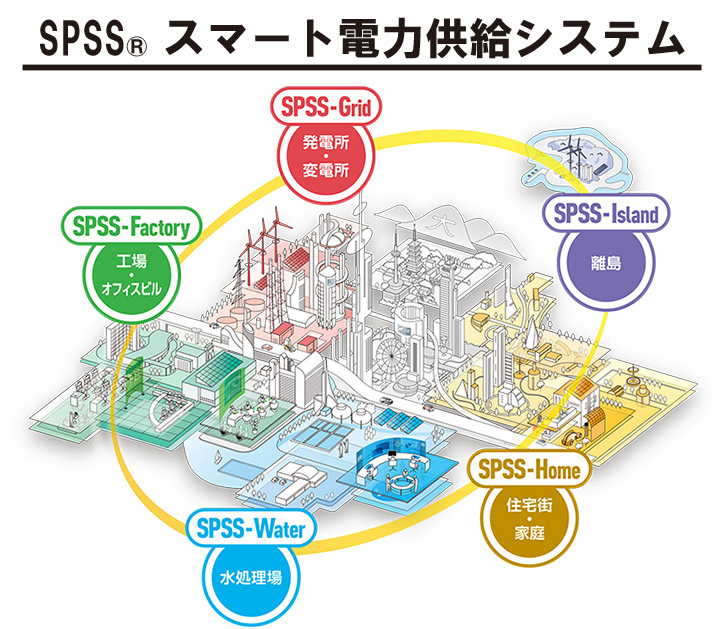Reduction of coke consumption in ISP smelting by utilizing alternative fuels
MITSUI MINING & SMELTING CO.,LTD.
Outline
Our ISP (Imperial Smelting Process) blast furnace, which can smelt zinc and lead simultaneously, uses massive coke as a heat source and a reducing agent, like the iron blast furnace.
By injecting natural gas (LNG, hydrocarbon gas) from the tuyeres of the ISP blast furnace, a part of lump coke will be replaced to reduce CO2 gas emissions. In addition, a part of lump coke is replaced by blowing carbon material derived from waste such as carbon generated when treating automobile shredder residue (ASR) in a carbonization furnace from the tuyeres of an ISP blast furnace.
We aim to contribute to the reduction of CO2 emissions throughout society through these efforts.
* These initiatives are at Hachinohe Smelting Co., Ltd., a group company of Mitsui Kinzoku.
Description
Hachinohe Smelting, one of the smelters owned by the Group, uses a smelting method called "Imperial Smelting Process" as a zinc smelting method.
In our blast furnace, raw materials such as sinter, briquette and coke are charged from a charging device at the top of the furnace, and air is blown from tuyeres at a lower part of the blast furnace to burn coke. Zinc oxide and lead oxide in the sinter and briquette are reduced by the carbon monoxide generated at that time, and zinc and lead in metallic form are produced.
In the iron blast furnace, pulverized coal is blown from tuyeres to reduce coke, but this is not currently implemented in our ISP's blast furnace. Therefore, we will work on reducing the amount of coke charged from the top of the furnace by developing the following alternative fuel injection technology from the tuyeres in the blast furnace.
1. Injecting natural gas (LNG) from the tuyeres
LNG is composed of hydrocarbons, and the product of the reduction of zinc oxide by hydrogen is water, so that the amount of CO2 emitted corresponding to the amount of hydrogen contained in LNG can be reduced. On the other hand, since the reduction by hydrogen is an endothermic reaction, it is an issue to supplement heat.
In addition, there is a possibility that water (steam) generated by hydrogen reduction reacts with zinc vapor in the upper part of the blast furnace to cause reoxidation of zinc due to the reaction of H2O + Zn = H2 + ZnO. This point also needs to be considered.
2. Injecting carbon materials derived from waste
By injecting waste containing carbonized powder and carbon generated when automobile shredder residue (ASR) is processed in a carbonization furnace, from the tuyeres of the ISP blast furnace as an alternative fuel, we aim to reduce the amount of coke charged from the furnace top.
Other Innovation Challenges
Demand response utilizing digital technology in zinc and copper electrolysis plants
MITSUI MINING & SMELTING CO.,LTD.
Development of all-solid-state battery for renewable energy storage
MITSUI MINING & SMELTING CO.,LTD.
Development of production method and production equipment for carbon monoxide utilizing metal oxide
MITSUI MINING & SMELTING CO.,LTD.
Similar Innovation Challenges
Achieving net zero carbon emissions from paint finishing processes
Taikisha Ltd.
Activities for reducing GHG of business operations in Nissin Electric Group
Nissin Electric Co., Ltd.








-1人工光合成技術.jpg?id=2&tid=759&imageNumber=1)